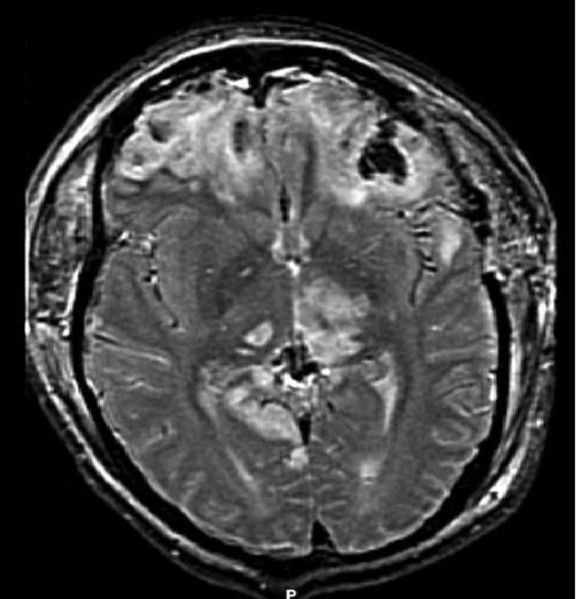After a mild concussion, special brain scans show evidence of brain abnormalities four months later, when symptoms from the concussion have mostly dissipated, according to research published in the November 20, 2013, online issue of Neurology, the medical journal of the American Academy of Neurology.
“These results suggest that there are potentially two different modes of recovery for concussion, with the memory, thinking and behavioral symptoms improving more quickly than the physiological injuries in the brain,” said study author Andrew R. Mayer, PhD, of the Mind Research Network and University of New Mexico School of Medicine in Albuquerque.
Mayer further suggests that healing from concussions may be similar to other body ailments such as recovering from a burn. “During recovery, reported symptoms like pain are greatly reduced before the body is finished healing, when the tissue scabs. These finding may have important implications about when it is truly safe to resume physical activities that could produce a second concussion, potentially further injuring an already vulnerable brain.”

Mayer noted that standard brain scans such as CT or MRI would not pick up on these subtle changes in the brain. “Unfortunately, this can lead to the common misperception that any persistent symptoms are psychological.”
The study compared 50 people who had suffered a mild concussion to 50 healthy people of similar age and education. All the participants had tests of their memory and thinking skills and other symptoms such as anxiety and depression two weeks after the concussion, as well as brain scans. Four months after the concussion, 26 of the patients and 26 controls repeated the tests and scans.
The study found that two weeks after the injury the people who had concussions had more self-reported problems with memory and thinking skills, physical problems such as headaches and dizziness, and emotional problems such as depression and anxiety than people who had not had concussions. By four months after the injury, the symptoms were significantly reduced by up to 27 percent.
The people who had concussions also had evidence of abnormalities in the gray matter in the frontal cortex area of both sides of the brain, based on the diffusion tensor imaging scans. The increase equated to about 10 percent compared to the healthy people in the study. These abnormalities were still apparent four months after the concussion. In contrast, there was no evidence of cellular loss on scans.
Mayer said possible explanations for the brain abnormalities could be cytotoxic edema, which results from changes in where fluids are located in and around brain cells, or reactive gliosis, which is the change in glial cells’ shape in response to damage to the central nervous system.
The study was supported by the National Institutes of Health.
Notes about this neurology and concussion research
Contact: Rachel Seroka – AAN
Source: AAN press release
Image Source: The image is credited to Rehman T, Ali R, Tawil I, Yonas H and is licensed as Creative Commons Attribution 2.0 Generic.
Original Research: Abstract for “A prospective study of gray matter abnormalities in mild traumatic brain injury” by Josef M. Ling, BA, Stefan Klimaj, BA, Trent Toulouse, PhD and Andrew R. Mayer, PhD in Neurology. Published online November 20 2013 doi:10.1212/01.wnl.0000437302.36064.b1






